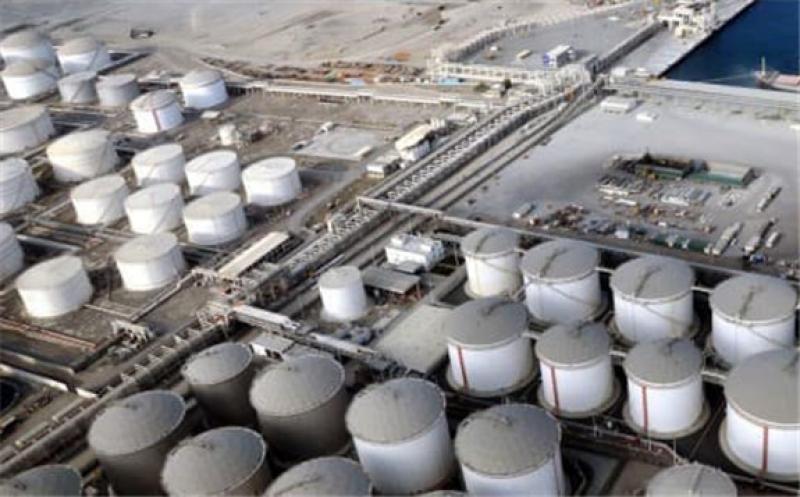Global oil demand will take at least a year--and probably much longer--to return to the pre-crisis levels of 100 million barrels per day (bpd), Fatih Birol, Executive Director of the International Energy Agency (IEA), told Gulf Intelligence in an interview on Wednesday.

The pace at which demand will come back will mostly depend on global economic growth and the possibility of a second wave of COVID-19 infections, which could warrant a return to stricter lockdowns, Birol said.
The IEA said in its April Oil Market Report that the coronavirus pandemic had wiped out a decade of oil demand growth amid the unprecedented lockdown measures in many countries to curb the spreading of the virus. In mid-April, the IEA expected global oil demand to drop by 29 million bpd in April, and by a record 9.3 million bpd year on year in 2020.
April was indeed a ‘black April’ for the oil markets and the industry, Birol told Gulf Intelligence, recalling the first-ever drop of WTI Crude futures into negative territory.
The IEA, scheduled to release its May Oil Market Report on Thursday, continues to see global oil demand dropping this year, despite the easing of the lockdowns in many countries, according to Birol.
The numbers about demand, supply, and the oversupply are “still very worrying,” the IEA’s chief said.
Asked about the fate of the U.S. shale patch, which is reducing oil production for economic reasons due to unsustainably low oil prices, Birol expressed optimism that after the crisis, when demand returns to some form of normality, U.S. shale will rise again.
“Shale will come back, maybe slowly but I think one of the lessons to learn from this period is that it will be too quick to write the obituary of shale oil,” the head of the IEA told Gulf Intelligence.